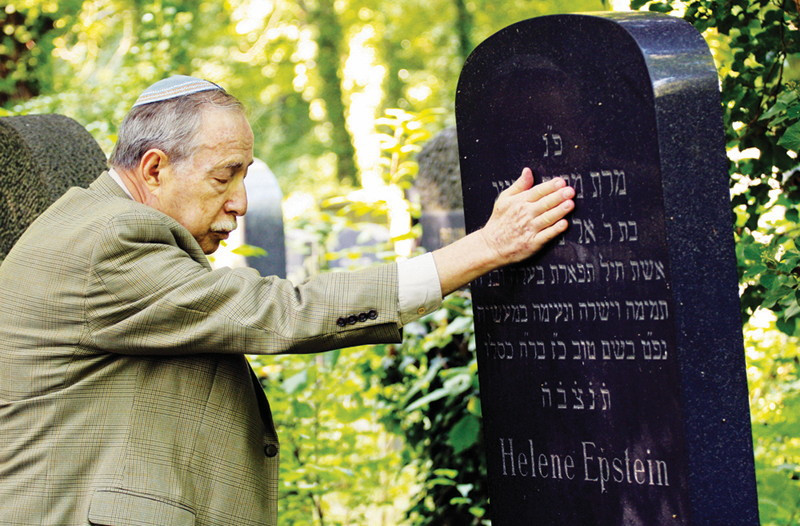The cemetery that gave life
German documentary explores a community that is no stranger to struggle, or overcoming it
In the middle of modern Berlin lies the largest Jewish cemetery in Europe. But beyond holding the remains of more than 115,000 Jews, Weissensee cemetery provides the ideal setting for tales of romance, intrigue, loss and resistance.
German documentary filmmaker Britta Wauer’s In Heaven, Underground explores the rich history of the massive cemetery while also following several different people as they go about their business on the forested grounds.
From the ancient Rabbi who conducts the funeral ceremonies at Weissensee to the atheist coffin maker, to the young family living in a house in the middle of the cemetery, the range of feelings expressed towards the place are refreshingly unexpected and honest.
The stories of several people exploring family history are well told and often candidly touching.
The documentary tells a non-linear and intriguing story that stretches more than 100 years from the cemetery’s founding in 1880 to the present day.
Surviving through two world wars, the Holocaust, disrepair and disregard under socialist East Germany and the splitting of the German Jewish community by the Berlin Wall, the themes of struggle and resistance appear often.
But there are surprising and effective episodes of mirth and celebration that give the film an overall sense of triumph.
In addition to its strong storytelling, In Heaven, Underground boasts beautiful visuals and a superb soundtrack that draw the numerous stories into a single coherent tale.
The score by Karim Sebastian Elias is reminiscent of Nino Rota’s Oscar-winning Godfather compositions and appears at all the right moments.
The lush, natural scenery of the cemetery lends itself to a feeling of isolation that surrounds the characters that travel through it.
The camera work throughout the film uses the contrast of shots from within and outside of Weissensee as well as between the past and the present to establish a strong sense of character for the place.
It is easy to understand why Hitler and the Nazis were highly superstitious of the exclusively Jewish cemetery.
As a documentary, this film is rich with history and takes a unique approach to tell stories of a unique community.
At its core, In Heaven, Underground is a tale of survival. The setting is inextricably tied to death and decay, yet Weissensee cemetery is much more important as a place filled with life.
Published in Volume 66, Number 1 of The Uniter (September 2, 2011)







